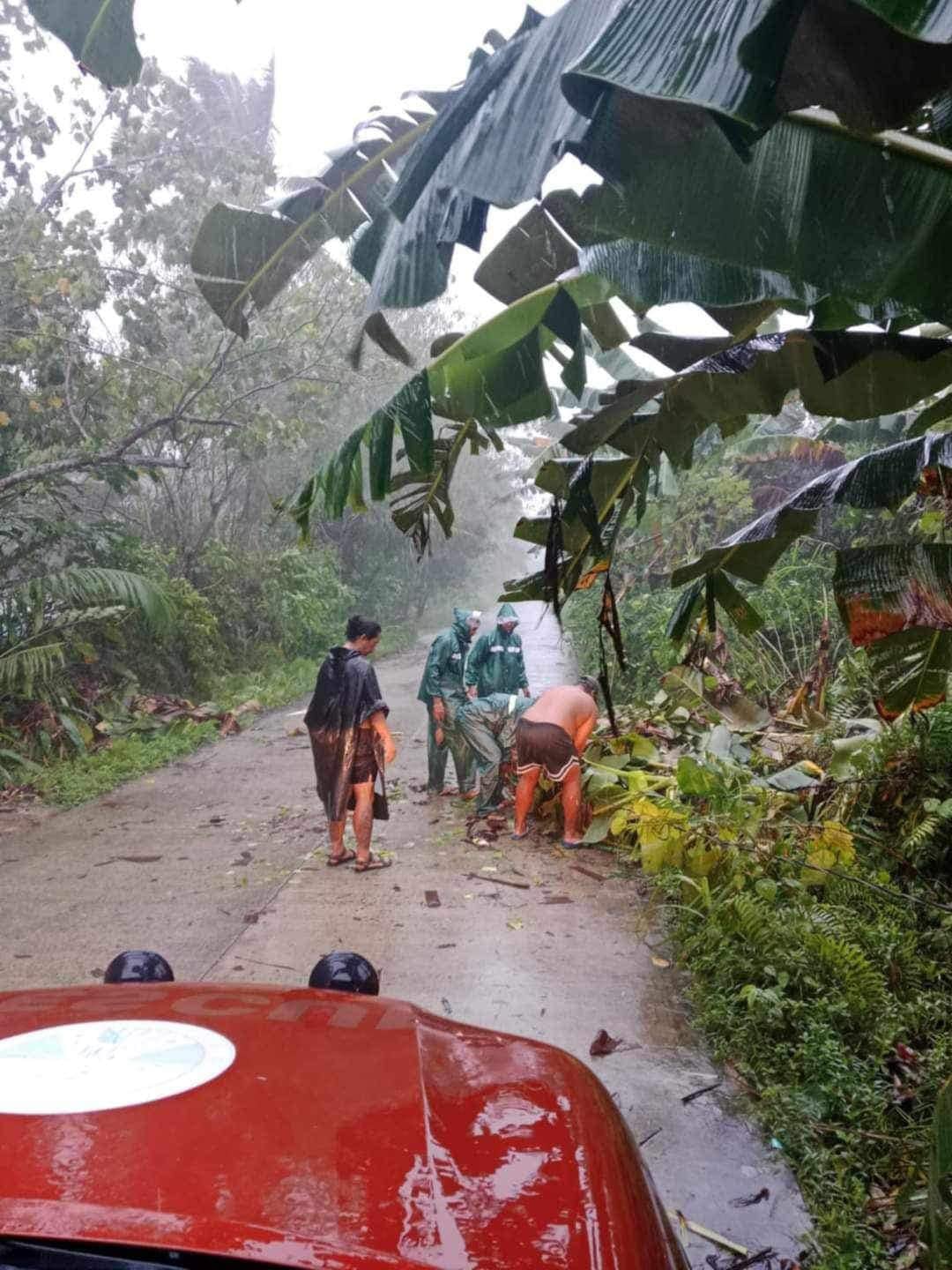Right after Super Typhoon Kristine left the country, Facebook was flooded with messages (or do they call it memes) that ran: “Sawa na kami sa resilience, kailangan namin ng accountability.”
Truly, after each episode of natural calamity, those in government soothe the nerves of victims, their relatives and ordinary folks with praises like “we are resilient and we will get past this. But after a narrative of allocating a budget for flood control and repairs of infrastructure, nothing else follows.”
The same flooding occurs, the same landslide and the same crop losses. Homes built from hardship are deluged by flood water, appliances and others being amortized from credit purchases are destroyed and personal belongings washed out.
But what does the government do to compensate people from such personal and hard-earned losses? NADA.
The toll from ill-designed infrastructure and drainage systems and improper dredging of water systems run to the billions each year. Yet, people– mostly the common tao who can't afford luxurious hillside residences to escape the usual floods– are left to fend for themselves.
Lower-middle income status
It's not surprising then that GlobalSource Partners pointed out that the Philippines would have difficulty graduating from lower middle income to upper middle-income status for so long as it can't resolve the flooding problem.
GlobalSource Country Analyst Diwa Guinigundo (former Deputy Governor of Bangko Sentral from 2005 to 2019 responsible for monetary policy and operations) said: “Despite the government of President Marcos spending about half a trillion pesos on flood control projects in just over two years, and there are about 5,000 of them, nothing seems to have come out of such massive public spending.”
“If this persistent issue of flooding is not addressed and addressed decisively, the Philippines will find it extra difficult to break out of the lower middle-income group,” he said in a brief that was reported by Business World.
The Philippines remained a lower middle-income country with a GNI per capita of $4,230 in 2023, according to the World Bank’s income classification standards. It has remained a lower middle-income economy since 1987.
Gross domestic product (GDP) needs to expand by at least 6 percent annually in the near term to ensure significant growth in incomes. However, the persistence of natural calamities will continue to hamper growth, Guinigundo said.
“Natural calamities go with the territory. They challenge the durability of infrastructure and sustainability of economic growth,” Guinigundo said, noting that Typhoon Yolanda (international name: Haiyan) in 2013 alone cost the Philippines around $13 billion or around 5 percent of gross domestic product.
“More outlays for flood control will just be dissipated and money allocated for key infrastructure projects will just be wasted because they are likely to be devastated during similar weather shocks.”
The government must establish a robust flood control and management plan — combining both engineering and localized planning best practices — to ensure the proper use of flood control budgets, Guinigundo said.
“For despite all the public money thrown at so-called flood control, the Philippines has remained on top of the World Risk Report for 2024 for its lack of coping and adaptive capabilities.”
The Philippine risk score rose to 46.91 this year from 46.86 in 2023, remaining the most at-risk country for the 16th straight year, according to the World Risk Index.
As of early Monday morning, deaths caused by tropical storm Kristine (international name: Trami) hit 116, according to the National Disaster Risk Reduction and Management Council.
“Effect on life and property could have been somewhat mitigated if preemptive measures had been taken earlier when PAGASA (the government weather service) warned in its advisory that the tropical cyclone was serious, as it turned out to be. For many cities and provinces, it was the worst in a couple of decades,” Guinigundo said.
#WeTakeAStand #OpinYon #OpinYonNews #PAGASA #TSKristine
